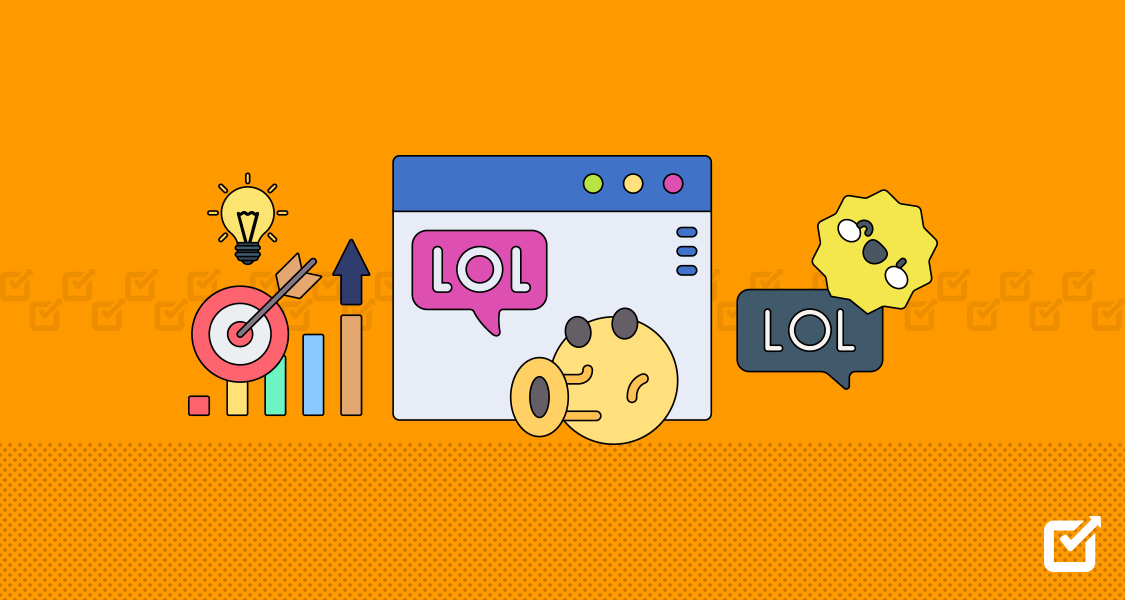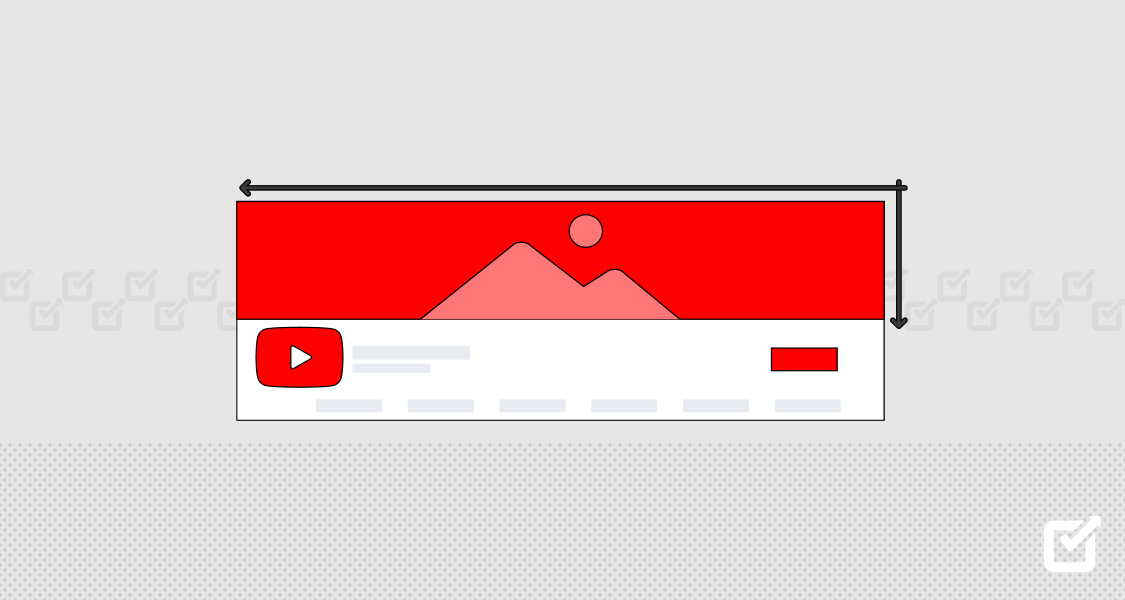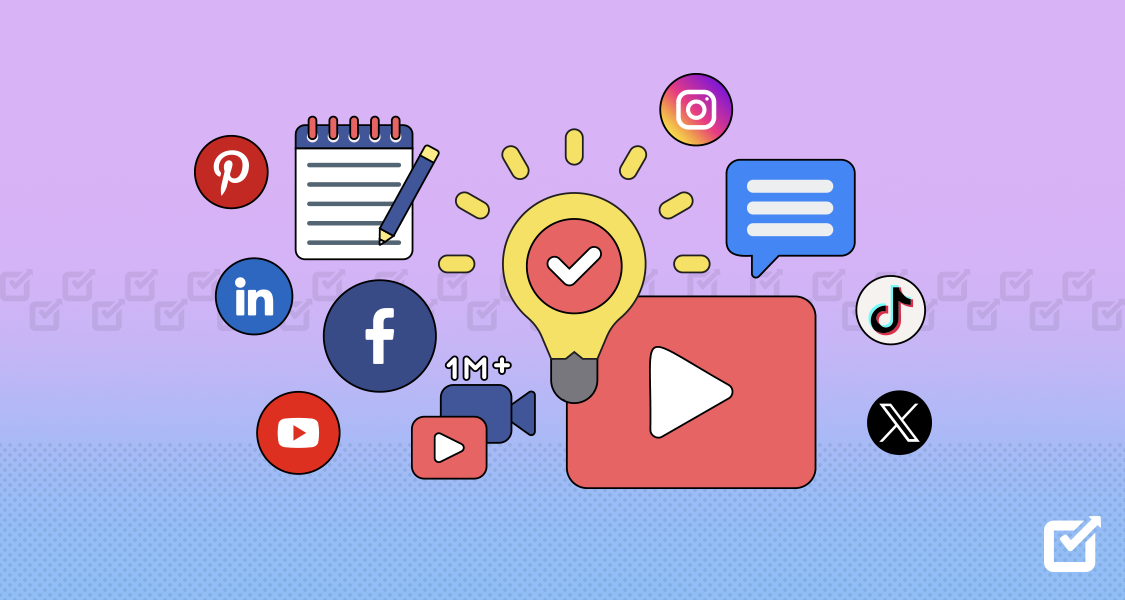Social media is no longer just for likes and shares; in 2024, it will reshape the future of learning.
Once dismissed as a distraction, social media platforms are proving to be powerful engagement tools, especially in the education sector.
In fact, studies show that digital literacy programs incorporating social media can boost classroom participation by a significant 30%.
And it’s not just students who are embracing the change; a staggering 73% of teachers report using social media to stay updated on educational trends.
It’s time to shift our narrative about the role of social media in education.
From YouTube’s educational content to Instagram-inspired projects, social media’s potential to revolutionize teaching and learning is undeniable.
Let’s explore the best strategies for using social media in education, its many benefits, and essential social media tools to manage it all.

See Tangible Results for Your Institution’s Online Efforts!
Elevate your educational institution’s online reach with Social Champ. Start your free trial now and discover how effortless social media management can be.
Short Summary
- Educational institutions can use social media to distribute information and facilitate communication.
- Schools can use social media to keep parents informed and engaged with regular updates, announcements, and student achievements.
- Teachers can join educator groups on social media for professional development, sharing resources, and staying updated on educational trends.
- Schools can showcase achievements, highlight events, and promote a positive image through social media, attracting prospective students.
- Teachers can integrate social media into the curriculum by assigning tasks that involve creating content or research using these platforms.
- Schools can use social media to engage alumni, provide updates, and create networking opportunities.
- Social media can be used to collect feedback from students, parents, and teachers through polls and surveys, aiding in informed decision-making.
Top 10 Strategies for Using Social Media in Education
The role of social media in education is increasingly significant as it breaks down traditional barriers and fosters a more connected learning experience.
Here are some effective ways educational institutions can leverage social media to enhance learning experiences and foster a more connected educational community.
Creating Engaging Content
Educational institutions can use social media to create and share engaging content such as infographics, videos, and interactive quizzes.
This makes learning fun and inclusive, as you can cater to different learning styles.

Using YouTube to deliver a crash course in basic Biology For instance, a history teacher can create a timeline infographic of major historical events, while a science teacher might share experiment videos.
You can also use tools like Canva for infographics or Quizlet for interactive quizzes, which can make the content visually appealing and easier to digest.
Featured Article: Social Media Definition: A Definitive Guide in 2025
Live Streaming Classes and Events
Implementing social media education in schools can prepare students for the digital world by teaching them essential skills.
This can include digital literacy, online communication, and responsible social media use.
Platforms like Facebook Live and Instagram Live offer opportunities to stream classes, lectures, and school events in real-time.
This makes education accessible to a broader audience, including those who might not be able to attend in person.

A live streaming session of the State of the University Address by University of Massachusetts Schools can stream graduation ceremonies, guest lectures, and even daily lessons, ensuring that all students can participate regardless of their location.
This approach not only extends the reach of educational content but also promotes inclusivity.
Student Collaboration and Group Projects
Social media platforms such as Facebook groups or WhatsApp can facilitate group projects and collaborative learning, allowing students to work together outside the classroom.
For example, students can create a private Facebook group to discuss project ideas, share resources, and provide feedback to each other.

A School Project group on Facebook WhatsApp groups can be used for quick communication and file sharing.
This collaborative approach helps students develop teamwork skills and ensures continuous learning beyond school hours.
Parental Involvement
Schools can keep parents informed and engaged with their child’s education by providing regular updates, announcements, and sharing student achievements on social media.

A parent-teacher group on Facebook for an elementary school Platforms like X (Twitter) or private Facebook groups can be used to post updates about school events, homework assignments, and student progress.
This keeps parents in the loop and fosters a sense of community and support around each student’s educational journey.
Professional Development for Teachers
Teachers can use social media to join educator groups and forums to share resources, discuss teaching strategies, and stay updated with the latest educational trends.
LinkedIn groups, X (Twitter) chats using educational hashtags, and Facebook pages like “Teachers Pay Teachers” provide platforms for professional growth.

An educator’s group on Facebook By engaging in these communities, teachers can learn new techniques, find inspiration, and collaborate with peers globally.
Promoting School Activities and Achievements

An Instagram page dedicated to a school’s mascot, Cam the Ram Schools can showcase their achievements, highlight upcoming events, and share school activities on social media, promoting a positive image and attracting prospective students.
For example, sharing photos from a successful school play or highlighting student achievements in sports can boost school morale and attract attention from the wider community.
Platforms like Instagram and Twitter are excellent for visually-driven content and quick updates.
Enhancing Communication
Social media can facilitate better communication between students, teachers, and parents, ensuring everyone stays informed and connected.

A discussion by students on Quora Platforms like Slack, Reddit, Quora, or dedicated school apps can be hubs for sharing information, sending reminders, and discussing school-related matters.
Effective communication tools help minimize misunderstandings and ensure that important information is disseminated promptly.
Integrating Social Media in Curriculum
Teachers can incorporate social media into their curriculum by assigning tasks requiring students to create content or research using social media platforms.

A student’s high school project- a short film on YouTube For instance, a journalism class might have students create a blog or a YouTube channel to report on school news.
This makes learning more interactive and equips students with digital literacy skills essential for the modern world.
Alumni Engagement
Schools can use social media to communicate with alumni, provide updates about the institution, and create networking opportunities.

ESSEC Alumni group on Facebook LinkedIn groups or Facebook pages dedicated to alumni can be platforms for sharing news, organizing reunions, and facilitating mentorship programs.
Engaging with alumni strengthens the school community and can lead to opportunities for current students.
Feedback and Surveys
Social media can be a valuable tool for collecting feedback from students, parents, and teachers through polls and surveys, helping schools to make informed decisions.

A teacher retention survey by Panorama education on LinkedIn Tools like Google Forms or Twitter polls can be used to gather opinions on various aspects of school life, from cafeteria food to teaching methods.
This feedback is crucial for continuous improvement and ensuring that the school community’s needs are met.
By leveraging these strategies, educational institutions can create a more dynamic, inclusive, and engaging learning environment.
Social media offers endless possibilities for enhancing education and when used thoughtfully.
Featured Article: 20+ Ways to Build Your Social Media Presence in 2025
Benefits of Social Media in Education
Social media use in education offers numerous benefits, including improved student engagement and access to information.
Here are some key advantages of leveraging social media in educational contexts:
Enhanced Communication
Social media bridges the gap between students, teachers, and parents by providing a platform for instant communication and updates.
Platforms like WhatsApp and Facebook Messenger allow for quick and effective communication.
For example, teachers can instantly share homework assignments or class activity updates, ensuring that students and parents are always informed.
This real-time communication helps resolve issues promptly and fosters a more connected educational community.
Increased Engagement
Interactive and engaging content on social media can make learning more appealing to students.
Platforms such as Instagram and TikTok can be used to share short, visually appealing educational videos, while X (Twitter) can be a platform for quick quizzes and polls.
For instance, a math teacher might post a daily math problem on Twitter and encourage students to tweet their answers.
This kind of interactive content makes learning fun and encourages students to participate actively.
Accessibility
Social media makes educational content accessible to students anytime, anywhere, breaking the barriers of traditional classroom settings.
Platforms such as YouTube and LinkedIn Learning allow students to access lectures, tutorials, and educational resources at their convenience.
This flexibility is particularly beneficial for students with other commitments or those who thrive in a self-paced learning environment.
It ensures that education is inclusive and available to all, regardless of their circumstances.
Collaboration and Teamwork
Social media fosters collaboration among students through group projects and online discussions.
Platforms like Google Classroom and Microsoft Teams provide tools for students to work together on assignments, share resources, and discuss ideas.
For example, students can use Google Docs for collaborative writing projects or set up study groups on Slack.
This collaborative approach enhances learning and helps students develop essential teamwork and communication skills.
Real-World Skills
Using social media in education helps students develop essential digital literacy and communication skills that are crucial in today’s tech-driven world.
Assignments that involve creating blogs, vlogs, or social media campaigns can teach students how to effectively use these platforms.
For instance, a marketing class might have students create a social media strategy for a fictional brand, helping them understand real-world applications of their learning.
These skills are invaluable in the modern job market and prepare students for future careers.
Community Building
Social media helps build a sense of community within the school, connecting students, parents, teachers, and alumni.
Platforms like Facebook and LinkedIn can be used to create groups and pages that foster a sense of belonging and school pride.
Schools can share updates, celebrate achievements, and organize events, creating a vibrant online community.
Engaging alumni through social media can also open up networking and mentorship opportunities for current students, further enriching the educational experience.
How Social Champ Can Enhance Social Media Management in Education
Social Champ is a social media management tool designed to streamline the process of managing multiple social media accounts.
It offers a range of features that can significantly benefit educational institutions.
Scheduling and Automating Posts for Better Consistency
One of the standout features of Social Champ is its ability to schedule and automate posts.
Educational institutions can plan their social media content in advance, ensuring consistent and timely updates.
This is particularly useful for schools that wish to maintain a steady online presence without the hassle of manual posting.
Managing Multiple Social Media Accounts From One Dashboard
Social Champ allows users to manage multiple social media accounts from a single dashboard.
Schools can handle their Facebook, Twitter, Instagram, and 11 other social media profiles efficiently, saving time and reducing the complexity of switching between platforms.
Analyzing Performance With Detailed Analytics and Reports
Understanding the performance of social media efforts is crucial for making informed decisions.
Social Champ provides analytics and reports that help schools track the effectiveness of their social media campaigns, identify what works, and make data-driven improvements.
Collaborating With Team Members Using Social Champ’s Team Management Features
Social Champ’s team management features enable schools to collaborate effectively.
Multiple team members can be assigned roles and tasks, ensuring that the social media strategy is executed smoothly and efficiently.
Featured Article: Facts About Social Media You Need to Know in 2025
Top 3 Tools to Manage Social Media in Education
While there are numerous tools available to manage social media in education, the top three tools that stand out are:
Social Champ

Social Champ’s publishing dashboard Social Champ is an all-in-one social media management tool that offers scheduling, automation, analytics, and team collaboration features. It is designed to simplify the process of managing multiple social media accounts, making it an ideal choice for educational institutions.

Amplify Your Education’s Reach with Social Champ!
Reach more students, engage alumni, and boost your institution’s brand. Social Champ simplifies social media management, allowing you to schedule posts, track analytics, and connect with your community.
Hootsuite

Hootsuite’s landing page Hootsuite is another popular social media management tool that allows users to schedule posts, track performance, and manage multiple accounts.
It also offers a range of integrations with other tools, making it a versatile choice for schools.
Buffer

Buffer’s dashboard Buffer is known for its user-friendly interface and efficient scheduling capabilities.
It provides analytics to help users understand their social media performance and optimize their strategies accordingly.
Conclusion
Using social media in education can change how we teach, learn, and communicate.
Schools can boost their social media presence by adopting smart strategies and using tools like Social Champ, connect with their audience, and reach their goals.
Social media offers many ways to create interesting content, allow real-time communication, and build a community.
It also helps students learn important digital and communication skills for today’s tech-focused world.
As we head into 2024, schools must embrace social media. Doing so can create a more lively, inclusive, and effective learning environment.























